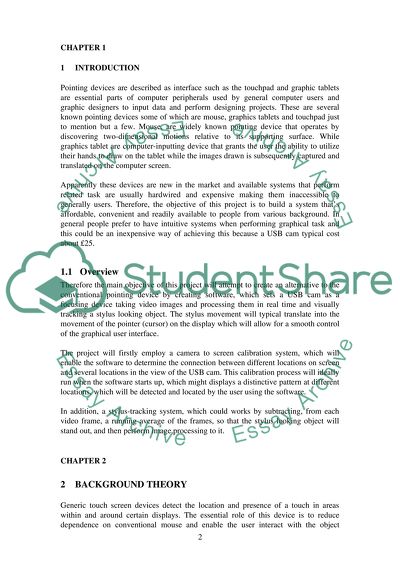Cite this document
(“A usb-camera based pointing device Research Paper”, n.d.)
A usb-camera based pointing device Research Paper. Retrieved from https://studentshare.org/technology/1533852-a-usb-camera-based-pointing-device
A usb-camera based pointing device Research Paper. Retrieved from https://studentshare.org/technology/1533852-a-usb-camera-based-pointing-device
(A Usb-Camera Based Pointing Device Research Paper)
A Usb-Camera Based Pointing Device Research Paper. https://studentshare.org/technology/1533852-a-usb-camera-based-pointing-device.
A Usb-Camera Based Pointing Device Research Paper. https://studentshare.org/technology/1533852-a-usb-camera-based-pointing-device.
“A Usb-Camera Based Pointing Device Research Paper”, n.d. https://studentshare.org/technology/1533852-a-usb-camera-based-pointing-device.


